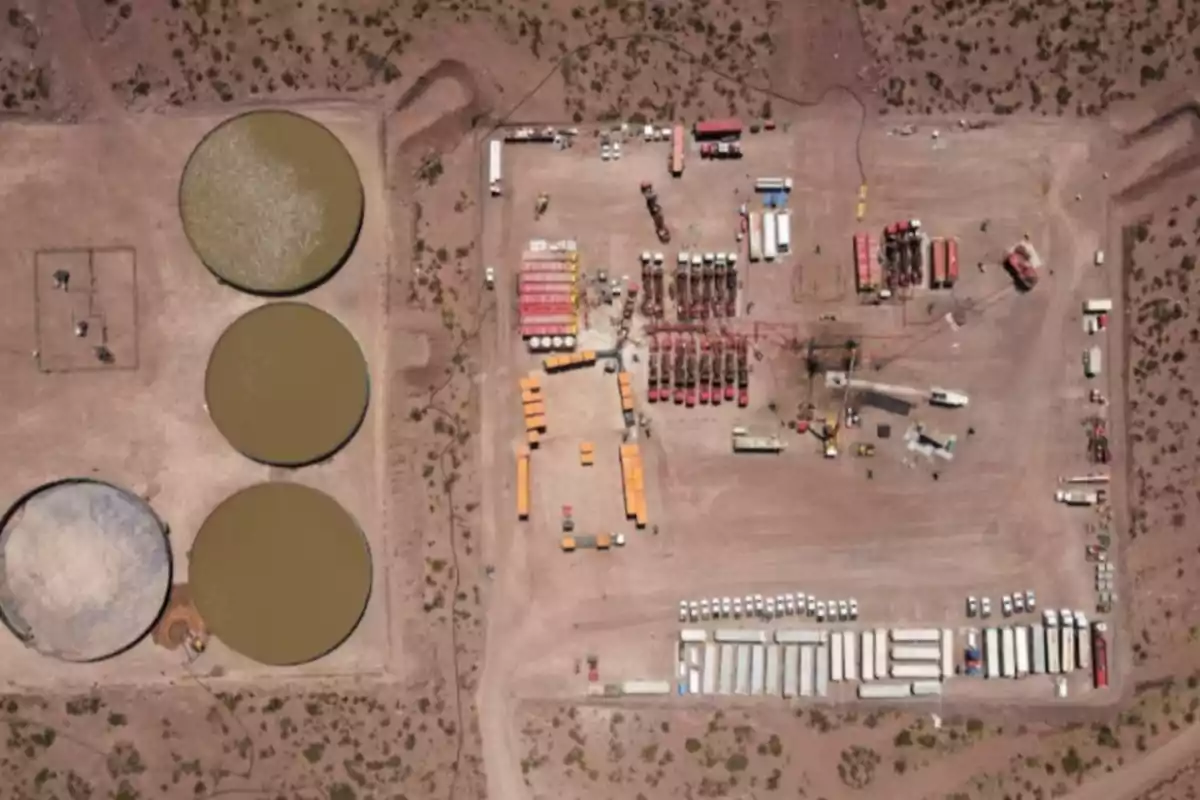
YPF is advancing with unprecedented technology to monitor fractures in Vaca Muerta
The company implemented disposable fiber optics and managed to detect 40 interference events without halting operations
YPF took a key step in its operational innovation strategy by using disposable fiber optic technology for the first time to monitor hydraulic fractures in Vaca Muerta. The incorporation of this technology allowed the oil company to monitor stimulation processes in real time without recording incidents or delays, according to the company's president and CEO, Horacio Marín.
The technique was applied in 27 fracture stages and enabled the detection of 40 "frac-hit" events, meaning interferences between nearby wells. These situations can affect both productivity and the structural integrity of the facilities, so their early detection is considered strategic. "This is a new step forward in our technological transformation to continue consolidating YPF as a leading company in efficiency and innovation," Marín stated via LinkedIn.
What is disposable fiber optic technology and why is it a milestone?
Disposable fiber optic technology functions as a highly sensitive sensor that measures variables such as pressure, temperature, and acoustic signals caused during the fracture. Unlike other, more expensive or complex methods, this is a single-use solution that degrades at the end of the process.
The system, provided by Halliburton through its ExpressFiber technology, is designed for long horizontal wells, up to 9,100 meters (29,855 feet). The fiber can be pumped before or during the operation, and is then eliminated without the need to recover the material, which reduces time and costs.

Thanks to this technology, YPF teams were able to obtain direct, real-time information about underground activity, which represents an advantage over indirect methods such as chemical tracers or delayed pressure analysis.
Risk mitigation: detecting frac-hits in real time
One of the main contributions of this innovation is the ability to detect and respond to frac-hit events, which occur when a hydraulic fracture impacts an adjacent well. These phenomena can cause pressure variations, damage facilities, and affect reservoir performance.
During this experience, YPF identified 40 such events without any interruptions in workflow. The immediate reading of the data allowed operational continuity to be maintained and avoided the need for subsequent corrective measures.
The system also provides a more accurate overview of how fracture efforts are distributed underground, which is key for designing new stages with greater efficiency.
An innovation within the 4x4 Plan
The incorporation of this technology is part of the "4x4 Plan," a transformation strategy launched by YPF to accelerate its evolution toward a production model focused on unconventional resources. The plan includes increased digitalization, improvements in operational efficiency, and the adoption of state-of-the-art technological tools.
The tests were carried out in the Neuquén Basin, in strategic blocks such as Loma Campana, La Amarga Chica, and Bandurria Sur, where YPF concentrates the country's largest shale oil production.
According to internal data, the average spacing between wells to avoid interferences is between 200 and 250 meters (656 and 820 feet). The application of fiber optic technology seeks to optimize that planning based on the analysis of precise data collected during the operation.
Vaca Muerta in expansion
This implementation comes at a time of sustained growth in hydraulic fracturing activity in Vaca Muerta. In May 2025, a monthly record of 2,588 stages was registered, according to consulting firm NCS Multistage. Of that total, 1,333 were requested by YPF, representing 60% of the fractures performed that month.
Three service companies carried out these tasks: Halliburton (580 stages), SLB (476), and Calfrac (277), reaffirming YPF's leadership in the country's most relevant unconventional formation.
Industrial application and cost reduction
The disposable fiber optic system is ideal for environments where the use of permanent cables is not justified. Its design allows it to withstand high pressure and temperature conditions without compromising well components. Since it degrades after use, it doesn't require additional extraction tasks, which reduces time and minimizes operational risks.
The data obtained make it possible to improve the design of future stages, by understanding more precisely the behavior of each fracture in relation to adjacent geological formations.
More posts: